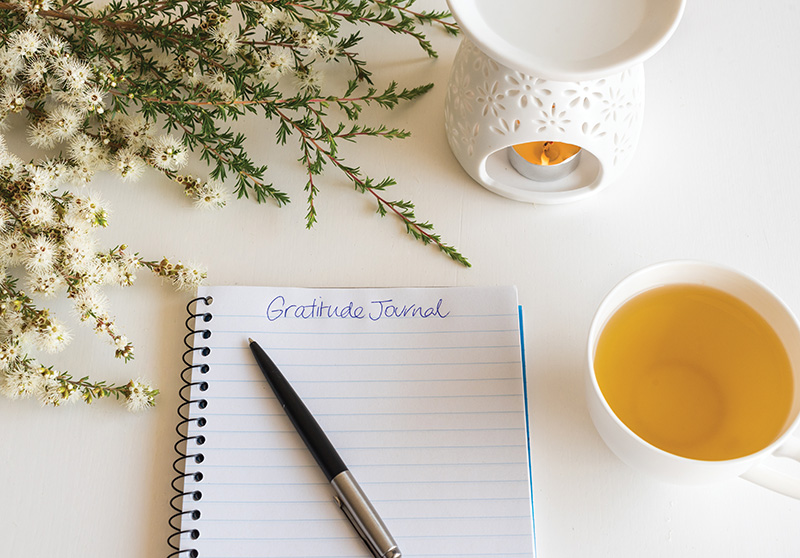
Research has consistently shown that gratitude can help people develop more positive emotions, improve their overall health, deal more effectively with adversity, and build stronger relationships. A 2011 Harvard Medical School study found that people who journaled regularly about the moments they felt grateful for were more optimistic about their lives than those who did not. They also ended up exercising more and having fewer visits to the doctor.
Iтve witnessed firsthand how daily gratitude works. Since I began practicing daily gratitude myself, Iтve seen a significant reduction in stress. I also feel happier and more productive. Rather than focusing on negative emotions, I give a silent thanks every night for positive things that have come my way. It can be as simple as giving thanks for a good nightтs sleep or a nice conversation.
If you want to see what giving thanks can do for you, here are six easy ways to practice daily gratitude:

Start a gratitude journal
One of the most common ways to practice daily gratitude is to journal. Most people opt to journal at night, which can help promote restful sleep. You can write a nightly list of three things youтre grateful for that happened that day, or you can write at greater length about your feelings of gratitude. The best way to stick to this habit is to keep a journal close at hand on your nightstand.
Give thanks before a meal
Itтs a daily practice some already do, but an easy way to add a quick burst of gratitude into your life is to give thanks before a meal. This is something that can be shared out loud or said silently to yourself. What youтre grateful for is ultimately up to you т perhaps youтre grateful for the meal itself, the people youтre sharing it with, or that youтve cooked something delicious.
Take short gratitude breaks
Gratitude doesnтt have to be a chore. It can be as effortless as taking a short break. Spend a few minutes outside, in a room that makes you feel peaceful, or petting your dog or cat if you have one. During this time, breathe slowly while concentrating on your surroundings. You can also meditate. Pick a few things to be grateful for and think about why they make
you happy.

Develop a mantra
While repeating a phrase over and over may sound silly, developing a mantra can lead to reduced anxiety, less fatigue, and improved mood and well-being. It can also improve visual and verbal memory. A mantra is a great way to practice daily gratitude because itтs simple. It can be a phrase you say to yourself every morning (тToday is a good day,т for example.), or it could be something you put into your line of vision, like a Post-it note with your favorite mantra on it.
Turn gratitude into art
Seeing gratitude in real life can make you appreciate it that much more. Gratitude mapping т creating a visual mood board of things youтre grateful for т can be a great resource for visual learners. Gratitude jars are another creative strategy. Write down good things that happen to you, put them in a jar, collect your notes over time, and take one out when you need a quick smile.
Share your gratitude
Thereтs arguably no better way to practice daily gratitude than by sharing your thanks with those around you. Volunteering, random acts of kindness, and even reaching out to friends you havenтt spoken to in a while is a fulfilling way to feel thankful т and to help others feel good as well.Ь§
|
| Ь§ |
|








